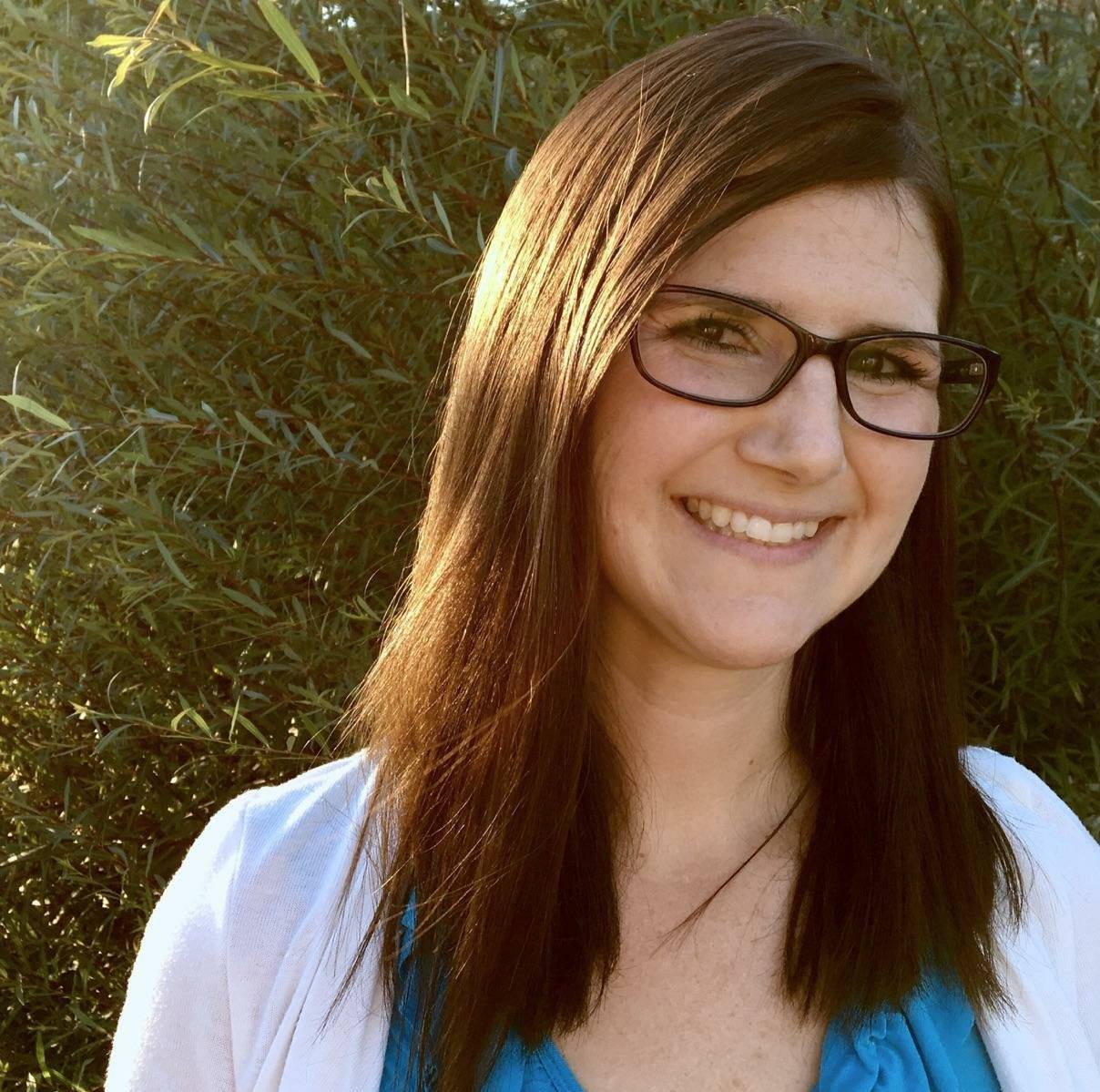The Hidden Danger of Essential Oils
The danger of essential oils... Sounds scary- are they even safe to use?
Let me tell you a little story. My sister got a rash on her face when she was a kid from some sort of allergy. My mom rubbed some melaleuca (tea tree oil) on the rash because she had heard it was helpful for skin issues like this.
Not only did the oil not help, my poor sister’s face puffed up like a balloon. I kid you not- her face was H-U-G-E. Her skin was bright red and stretched, and she was in so much pain. Poor girl.
My mom never used that oil again. We all assumed she was allergic to tea tree oil.
Fast forward about 15 years. I was now using essential oils regularly with lots of success, so naturally I shared what I was learning with my sister. At first, she thought I was crazy. It took her quite a while to even give them a try.
She dabbled with oils, but refused to try melaleuca oil because of her past experience. She was curious though, because she learned that allergies to essential oils are pretty rare. So, she gave it a shot.
Guess what? No problem whatsoever. She uses melaleuca all the time now. So what was the problem before? Most likely she had a reaction to something else in the oil that should not have been there.
It’s important to consider the quality of essential oils- it
matters what’s in them and also what’s not
in them. The hidden danger of essential oils is in the quality.
Essential oils are extremely complex compounds. Each oil is made up of countless chemical constituents. That’s why one single essential oil can do so many things. Have you ever wondered why lavender essential oil has so many different uses? That’s because each of these constituents does something differently within our bodies.
Essential oils are perfect the way God made them. They are extremely beneficial to our health when they are not messed with and when we get the oil from the plant grown in its natural environment.
The chemical makeup of the oil can change based on how and where the plant is grown. That means that essential oils are most beneficial and work in the way they were created to work when the plant is grown in its natural, or indigenous, environment and nothing is added or taken away from the oil.
Here’s an example…
The Lavender Lie
I was in the health food store a while back. I was poking
around the essential oil section just to see how some of the oils smelled.
I picked up a lavender oil and smelled it. As I expected, it smelled quite different than the one I use. What shocked me, though, was when I looked at the back of the bottle. Mind you, the front of the label said it was 100% pure (it must be good, right?) Under the ingredients list, it said “lavandula angustifolia, lavandin”. No big deal, right?
Actually, this is a huge deal.
Lavandin is a different species of lavender than the one we’re commonly referring to when we talk about lavender essential oil. Lavandin has some great properties, but they are very different from the properties of lavandula angustifolia (the lavender we’re most familiar with) Most of us know that lavender is used for all things calming.
For example, lavender is a fantastic essential oil to use to calm irritated skin. One of the properties of lavandin is that it is a stimulant. Would you want to put something on a skin irritation that was stimulating to the skin? No thanks.
So, why bother buying lavender if you can’t use it for the
things we commonly use lavender oil for? Unfortunately, most people wouldn’t
know to look for that, and that essential oil company was banking on that.
Lavandin is much cheaper, and often used as a filler. Scary. This is the danger of essential oils. Most consumers don't know exactly what to look for in essential oils.








Comments
Have your say about what you just read! Leave me a comment in the box below.